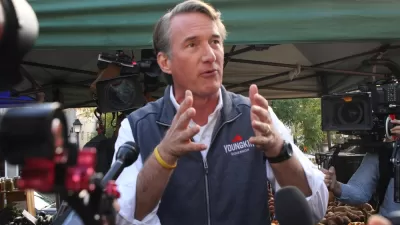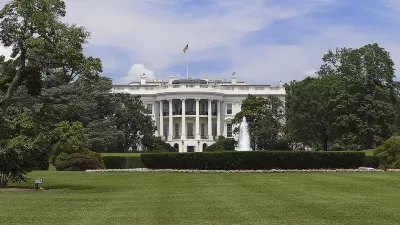The good news is the climate movement is winning the argument that climate change is happening; the bad news is the deniers have a new strategy.

Over the past few years, climate deniers have changed tactics. “Where once climate deniers would outright reject climate change as a hoax or scam, or claim that humans were not responsible for it, many are now shifting to a different approach, one which attempts to undermine climate science, cast doubt on climate solutions and even claim global warming will be beneficial at best, harmless at worst,” reports Rachel Ramirez of CNN.
The nonprofit Center for Countering Digital Hate (CCDH) calls this trend “new denial” and says the shift in narrative could be helping YouTube creators get around the platform’s existing ban on monetizing traditional climate denial. “New denial” content has doubled since 2018 and now makes up 70 percent of all climate denial claims posted on YouTube, according to the report.
In some ways the report is a success, Imran Ahmed, chief executive officer and founder of CCDH, told CNN. “The climate movement has won the argument that climate change is real, and that it is hurting our planet’s ecosystems.” But he said it’s also a warning, as the new narrative that the solutions don’t work “could hold enormous influence over public opinion on climate action for decades to come.”
Considering YouTube’s global reach and popularity with young people, this could have major implications as planners, local officials, and advocates in communities across the country seek to advance climate action.
CCDH and other organizations are calling on YouTube and Google to boost their policies to prevent bad actors from monetizing this “new denial” content like it does the “old denial” content.
FULL STORY: What is ‘new denial?’ An alarming wave of climate misinformation is spreading on YouTube, watchdog says

Manufactured Crisis: Losing the Nation’s Largest Source of Unsubsidized Affordable Housing
Manufactured housing communities have long been an affordable housing option for millions of people living in the U.S., but that affordability is disappearing rapidly. How did we get here?

Americans May Be Stuck — But Why?
Americans are moving a lot less than they once did, and that is a problem. While Yoni Applebaum, in his highly-publicized article Stuck, gets the reasons badly wrong, it's still important to ask: why are we moving so much less than before?

Using Old Oil and Gas Wells for Green Energy Storage
Penn State researchers have found that repurposing abandoned oil and gas wells for geothermal-assisted compressed-air energy storage can boost efficiency, reduce environmental risks, and support clean energy and job transitions.

Updating LA’s Tree Rules Could Bring More Shade to Underserved Neighborhoods
A new USC study finds that relaxing Los Angeles’ outdated tree planting guidelines could significantly expand urban tree canopy and reduce shade disparities in lower-income neighborhoods, though infrastructure investments are also needed.

California's Canal Solar Projects Aim to Conserve Resources and Expand Clean Energy
California’s Project Nexus has begun generating electricity from solar panels installed over irrigation canals, with researchers and state agencies exploring statewide expansion to conserve water and boost clean energy production.

HHS Staff Cuts Gut Energy Assistance Program
The full staff of a federal program that distributes heating and cooling assistance for low-income families was laid off, jeopardizing the program’s operations.
Urban Design for Planners 1: Software Tools
This six-course series explores essential urban design concepts using open source software and equips planners with the tools they need to participate fully in the urban design process.
Planning for Universal Design
Learn the tools for implementing Universal Design in planning regulations.
Heyer Gruel & Associates PA
City of Moreno Valley
Institute for Housing and Urban Development Studies (IHS)
City of Grandview
Harvard GSD Executive Education
Salt Lake City
NYU Wagner Graduate School of Public Service
City of Cambridge, Maryland





























